Which high-speed camera is best for defect detection?
When defect detection happens in real time on a modern production line, two factors dominate camera choice: frame rate and image clarity. For conveyor speeds above 100 m/min, vision integrators often start with the Iron 2011E because its 513 fps global-shutter capture freezes even the fastest motion with sub-pixel accuracy. The global shutter eliminates the motion smearing that rolling-shutter cameras show on fast-moving parts, so micro-scratches, missing solder, or label tears appear crisp in every frame.
In applications where the inspection window is wide—such as web, panel, or battery-foil inspection—resolution becomes equally vital. Here the Iron 4600 shines: its 45 MP sensor (8320 × 5456) covers large fields of view without sacrificing pixel density, reducing lens count and mechanical complexity. Though its 100 fps top speed is lower than the Iron 2011E, many customers pair the 4600 with a line buffer and selective region-of-interest (ROI) read-out to push small areas well beyond 250 fps, providing the responsiveness needed to follow sporadic defects across a wide substrate. Because the 4600 uses a high-quality rolling shutter, it is usually deployed on medium-speed lines or in conjunction with strobed lighting that arrests motion.
For installations that already rely on optical cabling across long factory floors, the Iron CoF 255 brings CoaXPress-over-Fiber convenience and 87.6 fps at full 4K (4112 × 2160) resolution. Its Sony Pregius global-shutter sensor is especially attractive on electronics and packaging lines where fine print or solder beads must be inspected without blur, and where electromagnetic noise can corrupt copper links.
The reason these three cameras dominate shortlists is their uncompromised image pipelines. Each delivers 8- to 12-bit data (the 4600 extends to 14-bit for maximum dynamic range), offers GenICam control, and supports on-sensor defect-pixel correction that reduces false rejects and simplifies downstream AI classification. Just as important, all three withstand –40 °C to 80 °C and are tested to MIL-STD-810G shock and vibration levels, so reliability is factory-floor proven. In summary, choose the Iron 2011E when raw speed and a global shutter are paramount, the Iron 4600 for ultra-high-resolution coverage on medium-speed webs, and the Iron CoF 255 when you need fiber reach with global-shutter accuracy and CoaXPress robustness.
What specs matter for factory defect imaging?
Resolution, frame rate, shutter type, dynamic range, and data interface each influence the probability of catching a defect before it escapes the station. Start with spatial resolution: a common rule is that a defect must cover at least 3 × 3 pixels to be detected reliably by classical algorithms, or 5 × 5 pixels for deep-learning classifiers. Cameras such as the Iron 4600 with 4.4 µm pixels and 45 MP total therefore enable wider fields while keeping the pixel-per-defect ratio high, reducing the number of cameras required and simplifying calibration.
Next comes temporal resolution. Production lines that stamp, fill, or cut at high cadence need 300–500 fps to avoid motion aliasing; the Iron 2011E’s 2.6 µs minimum exposure and 513 fps full-frame capture meet this need. A global shutter is mandatory for these speeds because rolling shutters create skew and tear artifacts that can masquerade as defects. The 2011E’s 19 ke- full-well capacity and <6.2 e- temporal noise preserve image quality even at short exposures.
Dynamic range is often overlooked. Reflective metal parts may present specular highlights next to dark engravings in the same frame. All three featured cameras exceed 70 dB of dynamic range (the Iron 4600 tops 90 dB), maintaining detail across that brightness span so threshold-based defect detection stays stable. Quantum efficiency is also relevant: the Iron 4600 captures more than 84 % of incoming 520 nm photons, the 2011E reaches roughly 70 %, and the CoF 255 clears 63 %. Higher QE directly reduces illumination cost and thermal load in enclosed machine housings.
Interface matters, too. A coax-based industrial CoaXPress camera provides deterministic triggering, low latency, and scalable bandwidth. For coax-connected models, Power-over-CXP simplifies wiring by carrying data, control, triggers, and up to 13 W of power on the same cable. CoaXPress-over-Fiber variants, such as the Iron CoF 255, add long-distance flexibility without the complexity of protocol converters, making it easy to place frame-grabber PCs in a clean, climate-controlled rack while cameras work in hot or contaminated zones.
Finally, evaluate mechanical and environmental ratings. Shock, vibration, and optional IP67 housings keep cameras alive amid line vibrations, coolant spray, or dust. The Iron 4600’s published Mean Time Between Failures of 2.1 million hours demonstrates the reliability of its industrial design. By balancing these specifications against the defect size you must see and the takt time you must meet, you can justify investing in a high-speed camera system that pays for itself through higher yield and lower recall risk.
